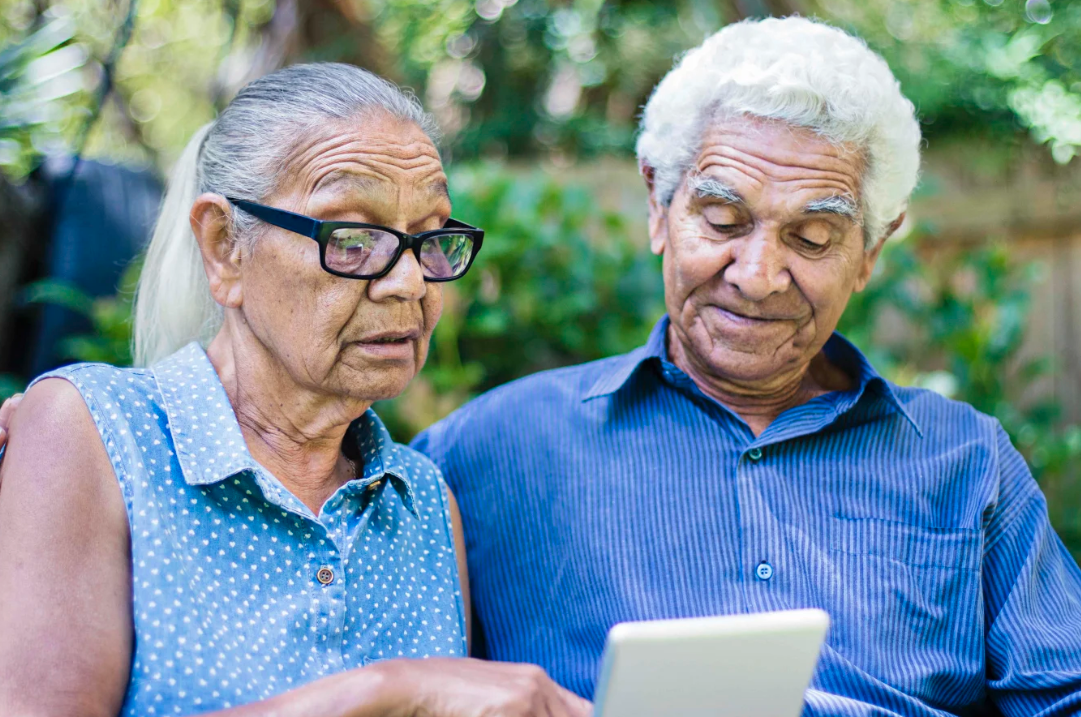Can We Close the Gap On Blindness by 2020?
While the Roadmap to Close the Gap for Vision is working to improve vision and eye health for Indigenous Australians, there are still areas that need attention.
By Professor Hugh Taylor AC, University of Melbourne.
In 2008, Aboriginal and Torres Strait Islander peoples had six times more blindness than other Australians. The leading cause of this blindness was unoperated cataract.
Compared with other Australians, Indigenous Australians were 12 times more likely to be left blind from cataract, had to wait more than 50 per cent longer for surgery and surgery was performed seven times less frequently.
These dire findings, along with some others, led to the development of the Roadmap to Close the Gap for Vision launched in 2012.
The Roadmap recognised that the pathway of care or the patient’s journey was complex – like a leaky pipe with many leaks. But if only one or two of these leaks were fixed, the pipe would still leak.
As part of this work, the Roadmap identified 42 issues that needed addressing. It set out a long-term plan to provide well-coordinated care and support for Indigenous people requiring eye care.
It aimed for adequately resourced and supported eye services to meet the population-based needs of these communities.
The good news is that since 2012, some significant progress has been made with strong support from the Aboriginal Community Controlled Health sector, the eye care stakeholders and successive governments.
But more needs to be done.